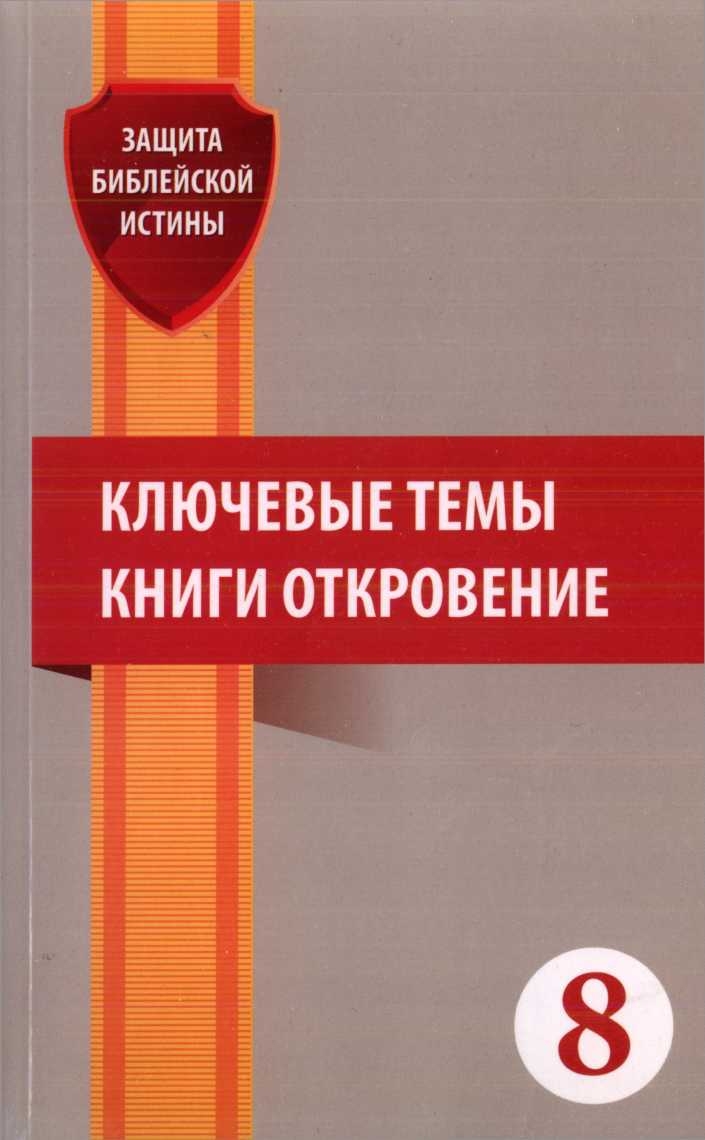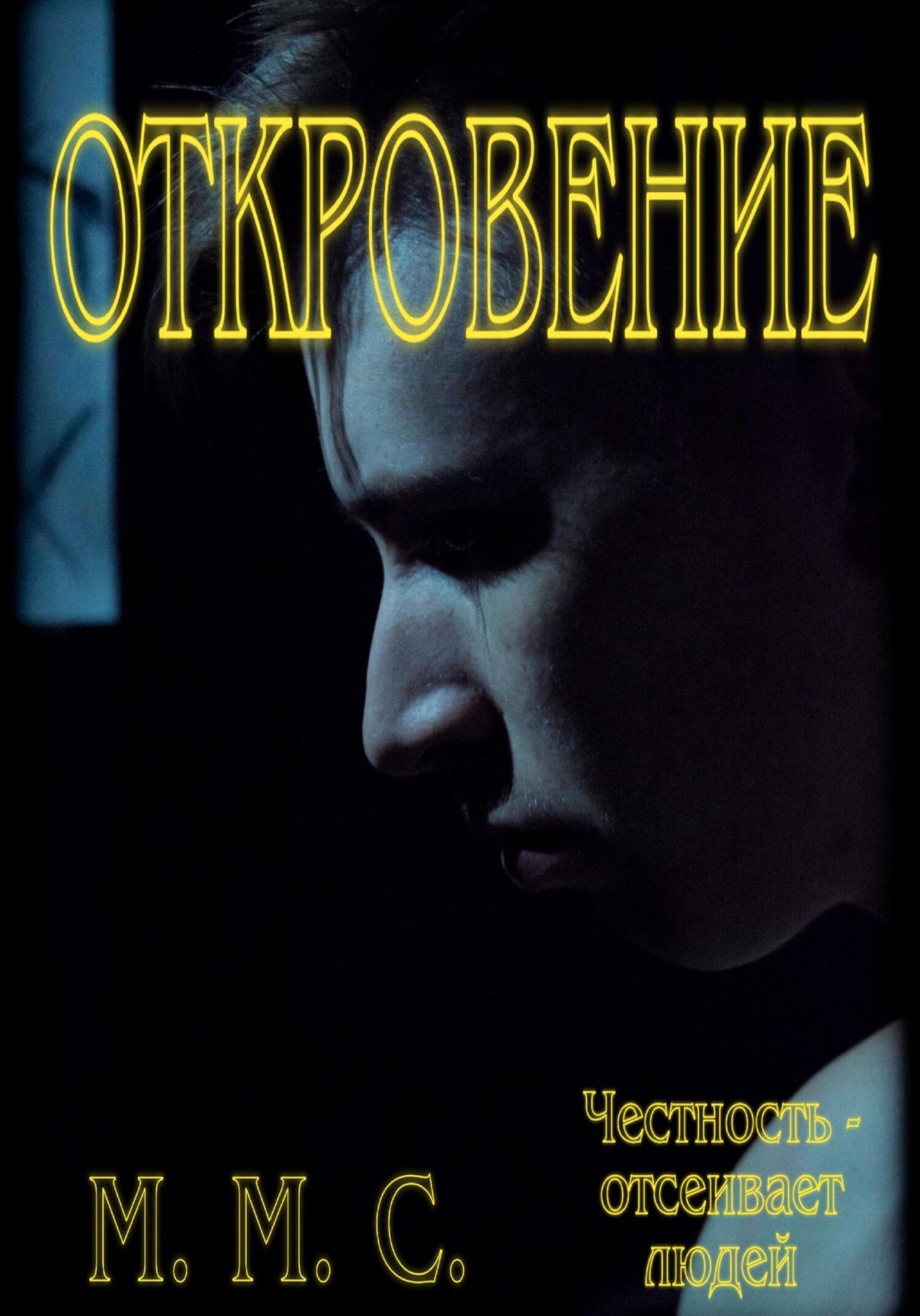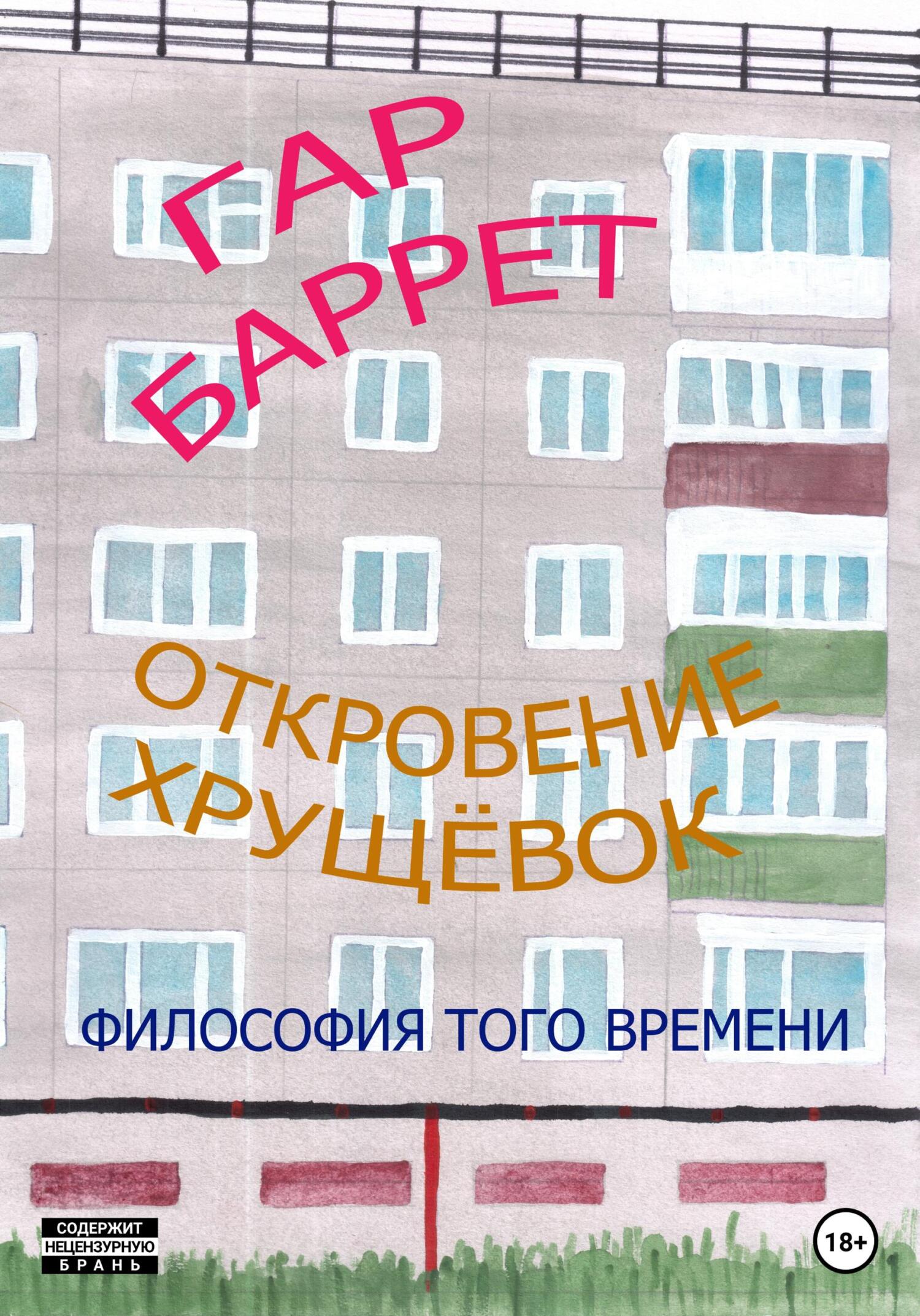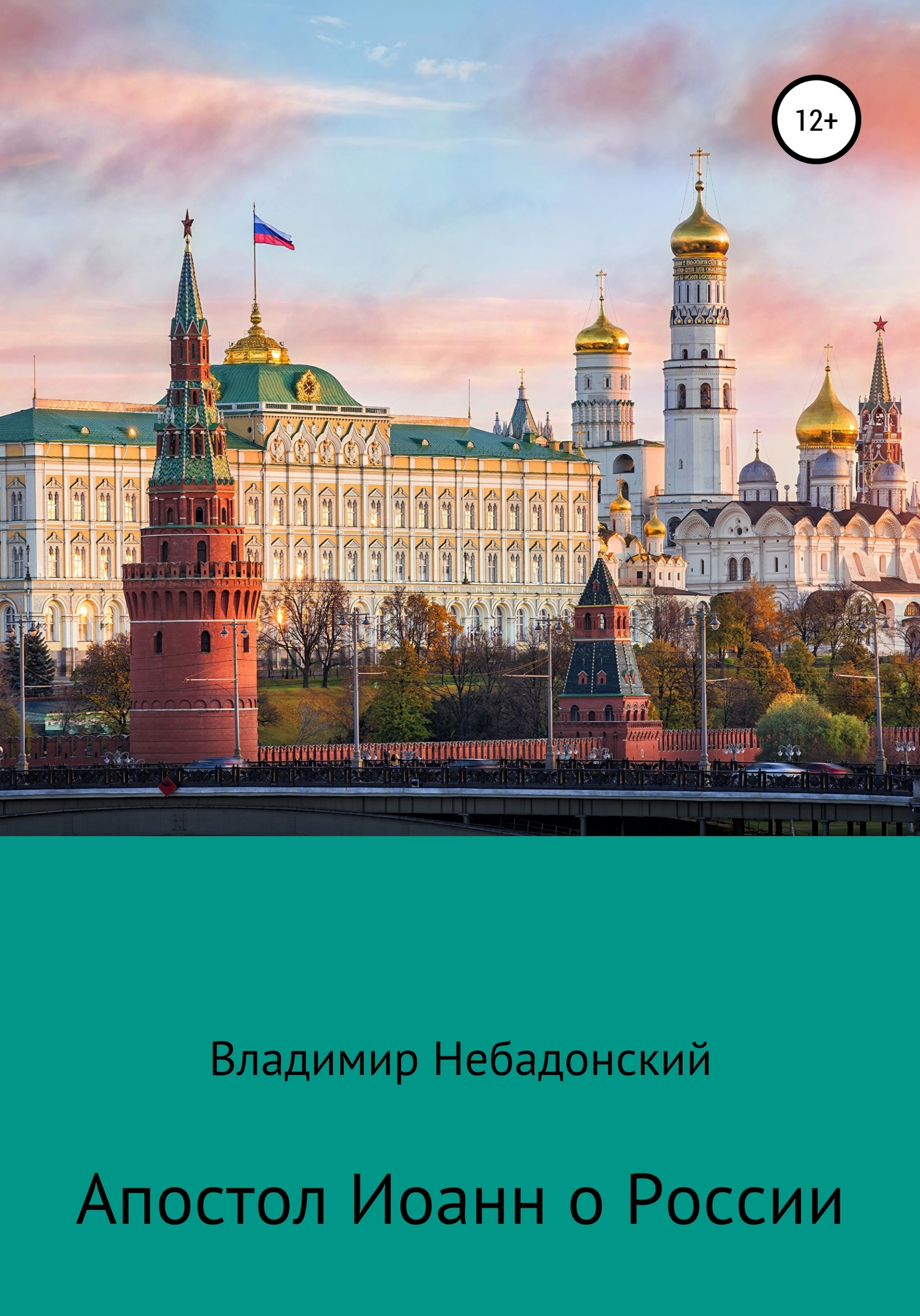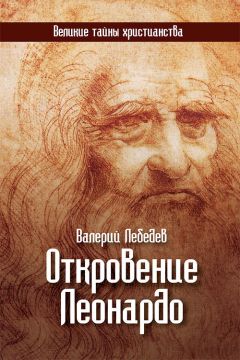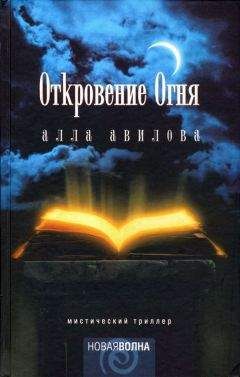p. 249—257; idem, “The Parallel Literary Structure of Revelation 12 and 20,"
AUSS 23 (1985): p. 37-54.
Hans K. LaRondelle, How to Understand the End–Time Prophecies of the Bible (Sarasota, FL: First Impressions, 1997).
Jon Paulien, Decoding Revelation's Trumpets: Literary Allusions and Interpretations of Revelation 8:7-12, Andrews University Seminary Doctoral Dissertation Series, vol. 11 (Berrien Springs, Ml: Andrews University Press, 1988), p. 165-194; idem, Interpreting Revelation’s Symbolism, Sympos. 1, p. 83-92.
Возможно, самое известное из них принадлежит Р. Чарльзу, выраженное в его комментарии A Critical and Exegetical Commentary on the Revelation of St. John, 2 vols., International Critical Commentary (Edinburgh: T. & T. Clark, 1920), 1:lxv. Isbon T. Beckwith рассмотрел данные теории и написал опровержение на них в The Apocalypse of John: Studies in Introduction with a Critical and Exegetical Commentary ([New York]: Macmillan, 1919; repr., Grand Rapids: Baker, 1967), p. 216-239.
Elisabeth Sch.ssler Fiorenza, «Revelation», in The New Testament and Its Modern Interpreters, ed. Eldon J. Epp and George W. McRae, The Bible and Its Modern Interpreters (Philadelphia: Fortress, 1989; Atlanta: Scholars, 1989), p. 411; Leonard L. Thompson, The Book of Revelation: Apocalypse and Empire (New York: Oxford University Press, 1990), p. 37-52.
David E. Aune, The New Testament in Its Literary Environment, Library of Early Christianity, vol. 8 (Philadelphia: Westminster, 1987), p. 241.
Другие примеры внутренних параллелей, содействующие интерпретации: Ср. Откр. 1:1 и 22:6, 10; 1:3 и 22:7, 12, 20; 1:8 и 4:8, с 21:5, 6 и 22:13; 1:14, 15 и 2:18; 1:16, с 2:16 и 19:15, 21; 1:17, 18 и 22:13; 2:7 и 22:2; 2:11 с 20:14 и 21:8; 2:28 и 22:16; 3:3 и 16:15; 3:4, 5 и 7:9,13,14, с 19:8; 3:12 и 21:2,10; 4:1 и 1:10; 5:5 и 22:16; 5:10 и 20:4, 6; 6:10 и 19:2; 6:17 и 7:9; 7:3, 4 с 14:1 и 22:4; 7:17 с 21:4, 6 и 22:1, 17; 8:1 с 17:12 и 18:8, 10, 17, 19; 9:1, 11 с 12:4, 9 и 20:1-3; 9:14 с 16:12 и 17:1, 15; 10:1 и 1:13-16; 11:1, 2 и 21:15-17; 11:2, 3, с 12:6, 14 и 13:5; 11:16, 17 и 19:6; 11:19 и 15:5; 12:3 с 13:1 и 17:3, 9, 10, 12; 12:9 и 20:2, 3; 12:15 и 17:15; 12:17 с 19:10 и 22:9; 14:8 и 18:2, 3; 14:9 с 13:15-17 и 20:4; 14:12 и 12:17; 14:19, 20 и 19:15; 16:6 с 17:6 и 18:24; 16:13 с 19:20 и 13:14; 17:1-5 и 21:9-11; 17:14 и 19:16; 19:9 и 21:9.
Для более глубокого исследования этих контрастных символов, см. Edwin Earl Reynolds, “The Sodom/Egypt/Babylon Motif in the Book of Revelation”, Ph. D. diss., Andrews University, 1994; Ann Arbor, Ml: University Microfilms International, 1995).
Cm. LaRondelle, p. 275, 499.
См. Откр. 1:9; 6:9; 20:4; ср. Втор. 17:6; 19:15; Мф. 18:16; Ин. 8:16-18; 2 Кор. 13:1; 1 Тим. 5:19; Евр. 10:28.
Kenneth A. Strand, “The Two Witnesses of Rev 11:3-12», AUSS 19 (1981): p. 131-135.
Родительный падеж, используемый здесь, может быть либо субъективным, либо объективным, говоря о Христе как о Том, Кто открывает, или о Том, Кто открылся, хотя контекст более ясно указывает на первое.
Откр. 1:4, 10; 4:2, 5; 17:3; 19:10; 21:10; 22:17. См. также Richard Bauckham, The Theology of the Book of Revelation, New Testament Theology (Cambridge: Cambridge UP, 1993), p. 109-125.
Напр. Откр. 2:5, 10. 16, 22, 25; 3:3, 11, 18-20; 13:9, 10. 18; 14:6-12; 16:15; 18:4; 22:7.
О более ранних исследованиях по данному вопросу, см. Richard М. Davidson, «Sanctuary Typology», in Sympos. 1, p. 99-130; Clifford Goldstein, Between the Lamb and the Lion: A New View of Jesus in the Book of Revelation, from the Cross to His Coming (Boise, ID: Pacific Press, 1995); Paulien, "Seals and Trumpets», р. 187-192; Jan Paulsen, "Sanctuary and Judgment», in Symposium on Revelation' Book 2: Exegetical and General Studies, ed. Frank B. Holbrook, Daniel and Revelation Committee Series (Silver Spring, MD: Biblical Research Institute, General Conference of Seventh–day Adventists. 1992), 7:275—294; Strand, «Victorious Introduction” Scenes, p. 269-288.
To, что Иоанн идентифицирует небесный храм с прообразным святилищем, становится очевидным в Откр. 15:5, где он называет его «скинией Свидетельства», то же название встречается и в Исх. 38:21 и Числ. 1:50, 53, например, при описании скинии в пустыне, которая являлась прообразом небесного святилища (см. Исх. 25:8,9, Евр. 8:5; 9:11,12). То, что в нем содержится ковчег завета, является еще одним доказательством (11:19).
Паулин утверждает, что жертвенник в Откр. 6:9 является жертвенником всесожжений (Decoding, 315-18). Жертвенники в Откр. 11:1 и 16:7, вероятно, оба представляют собой золотые жертвенники курения перед престолом.
Мы включили сюда только самые очевидные ссылки. Для более детального обсуждения многих других возможных ссылок на святилищные ритуалы см. Davidson, р. 112-119, и Paulien, «Seals and Trumpets», p. 187-190.
Davidson, p. 119-126; M. D. Goulder, "The Apocalypse as an Annual Cycle of Prophecies», New Testament Studies 27 (1981): p. 342-367; Paulien, "Seals and Trumpets», p. 190—192; William H. Shea, "The Cultic Calendar for the Introductory Sanctuary Scenes of Revelation" (in this issue of JATS).
Davidson, p. 109.
Там же, с. 110.
